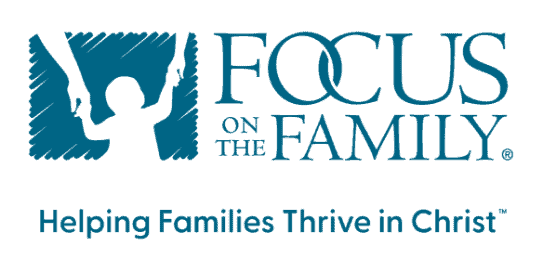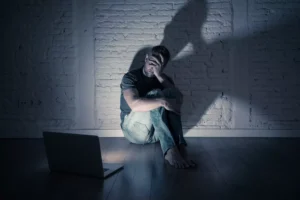Stage One: Experimentation
- Use is occasional, sporadic, often unplanned — weekends, summer nights, someone’s unsupervised party.
- Use is precipitated by peer pressure, curiosity, thrill seeking, desire to look and feel grown-up.
- Gateway drugs are usually used — cigarettes, alcohol, marijuana, possibly inhalant abuse.
- A drug high is easier to experience because tolerance has not been developed.
Parents may notice:
- Tobacco or alcohol on the breath or intoxicated behavior.
- Little change in normal behavior between episodes of drug use.
Stage Two: Regular Drug and/or Alcohol Use
- Alcohol and other drugs are used not only on weekends but also on weekdays, not only with friends but when alone.
- Quantities of alcohol and drugs increase as tolerance develops; hangovers become more common.
- Blackouts may occur — periods of time in which drugs or alcohol prevent normal memories from forming “What happened last night?” becomes a frequent question.
- More time and attention are focused on when the next experience will occur.
- Fellow drinkers/drug users become preferred companions.
Parents may notice:
- Son or daughter will be out of the house later at night, overnight, or all weekend.
- School performance worsens-unexplained school absences.
- Outside activities such as sports are dropped.
- Decreased contact with friends who don’t use drugs.
- Disappearance of money or other valuables.
- Child withdraws from the family, is increasingly sullen and hostile.
- User is caught in one or many lies.
Stage Three: In the Mire of Addiction
- Alcohol and drugs become primary focus of attention.
- Becoming high is a daily event.
- There is a use of harder, more dangerous drugs.
- More money is spent each week on drugs: theft or dealing may become part of drug-seeking behavior.
- Adolescent displays increasing social isolation; no contact with non-drug-using friends; more drug use in isolation rather than socially.
Parents may notice the behaviors listed above, plus:
- Escalation of conflicts at home.
- Loss of nearly all control of the adolescent.
- Possible discovery of a stash of drugs at home.
- Arrest(s) for possession of and/or dealing drugs or for driving while intoxicated.
Stage Four: Drowning in Addiction
- Constant state of intoxication; being high is routine, even at school or job (if there is any attendance at all.
- Blackouts increase in frequency.
- Physical appearance deteriorates — weight loss, infections, poor self-care. Injectable drugs are possibly used.
- Involvement in casual sexual relationships (at times in exchange for drugs). User will likely be involved with theft, dealing, and other criminal activity.
- Guilt, self-hatred, and thoughts of suicide increase.
- Adolescent abandons any apparent interest in spiritual matters.
Parents are likely to be dealing with:
- Complete loss of control of adolescent’s behavior, escalation of conflict, possibly to the point of violence.
- Ongoing denial by user that drugs are a problem.
- Increasing problems with the law and time spent with police, attorneys, hearings, court officials, etc.
- Other siblings negatively affected because the family is preoccupied or overwhelmed by consequences of drug user’s behavior.

















